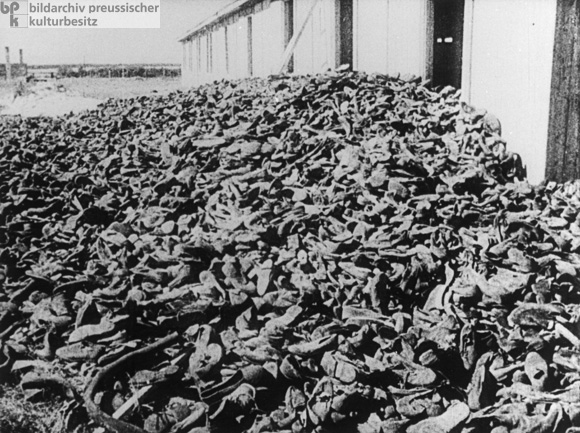













INTRODUCTION | DOCUMENTS | IMAGES | MAPS | EDITOR
|
In July 1941, after Germany attacked the Soviet Union, Heinrich Himmler visited the town of Lublin (Poland) and ordered a prisoner of war camp to be built there. In November 1941, work began on the “Prisoner of War Camp of the Waffen-SS in Lublin.” Soon thereafter, the camp was placed under the control of the inspector of concentration camps, and in March 1942 it was assigned to the SS Economic and Administrative Main Office [SS Wirtschafts- und Verwaltungshauptamt]. Direct supervision of the camp was in the hands of Odilo Globocnik, the SS and police leader in Lublin. In February 1943, Himmler officially renamed the camp “Lublin Concentration Camp” (in common usage it is usually referred to as “Majdanek”). Due to the high death rates among Wehrmacht prisoners, Soviet POWs were never transported to Lublin on a large scale. Rather, Lublin was used as a concentration and death camp primarily for Polish and Jewish deportees. The governing principle was “extermination through labor,” but from October 1942 on, prisoners were also gassed, particularly those judged unfit to work. Furthermore, in early November 1943, after an uprising in the Sobibor death camp, 17,000 to 18,000 Jewish inmates in the Lublin concentration camp were shot on Himmler's orders as part of the “Harvest Festival Operation" [Aktion Erntefest]. A total of 78,000 prisoners perished in the Lublin concentration camp, including 60,000 Jews. Lublin was liberated by the Red Army on July 23, 1944.
© Bildarchiv Preußischer Kulturbesitz |
 print version
print version return to image list
return to image list previous image
previous image
